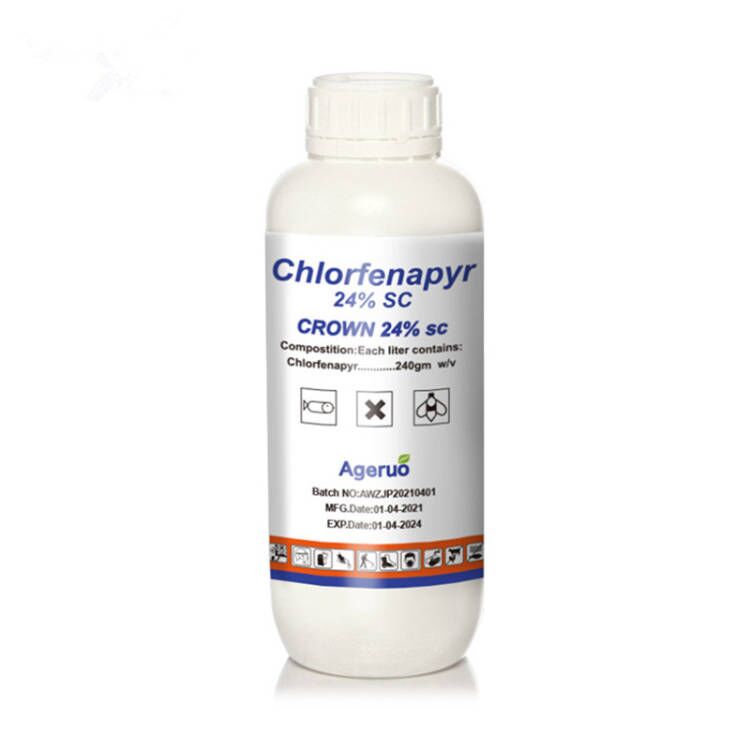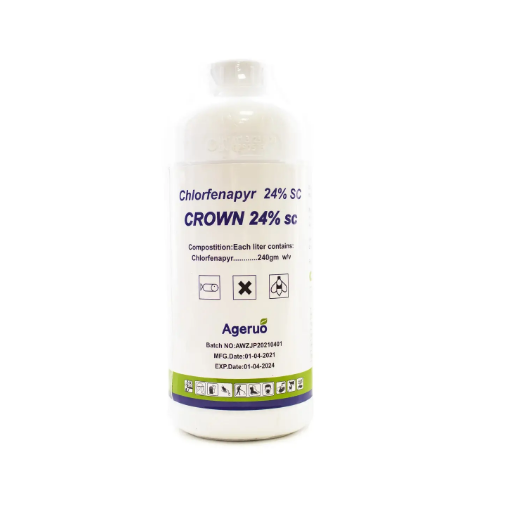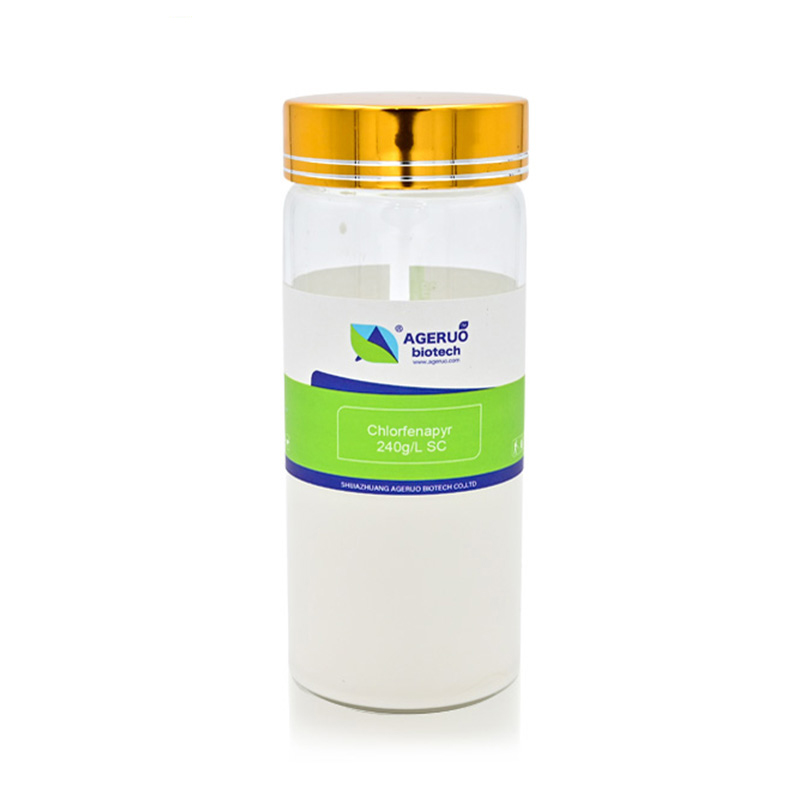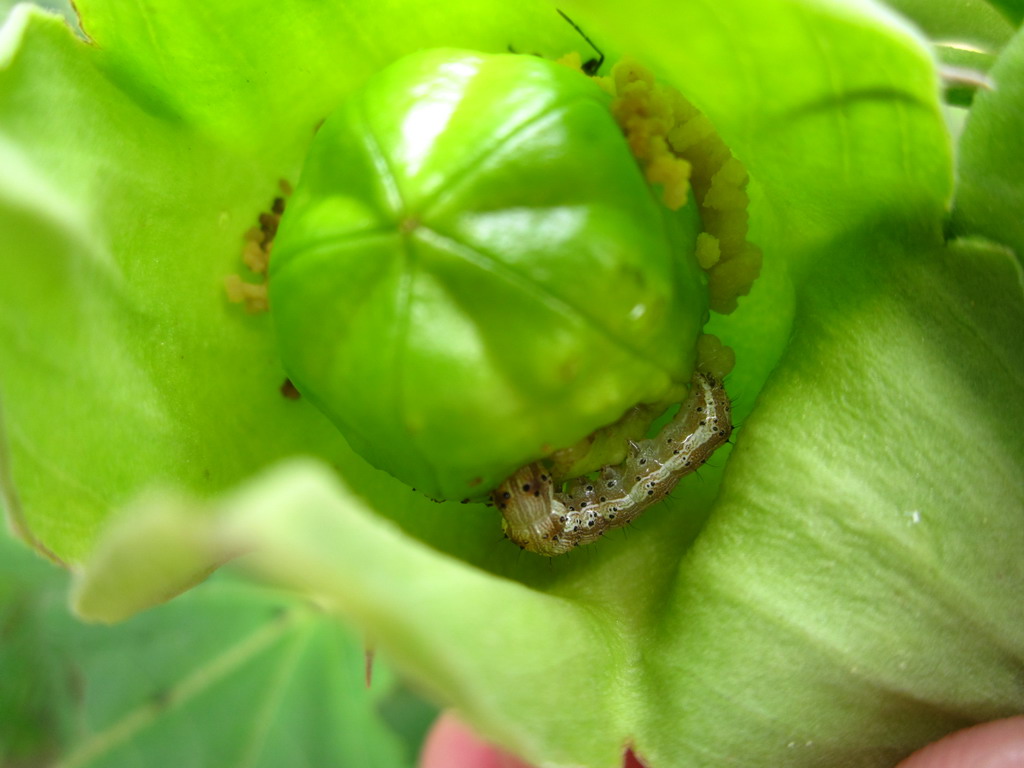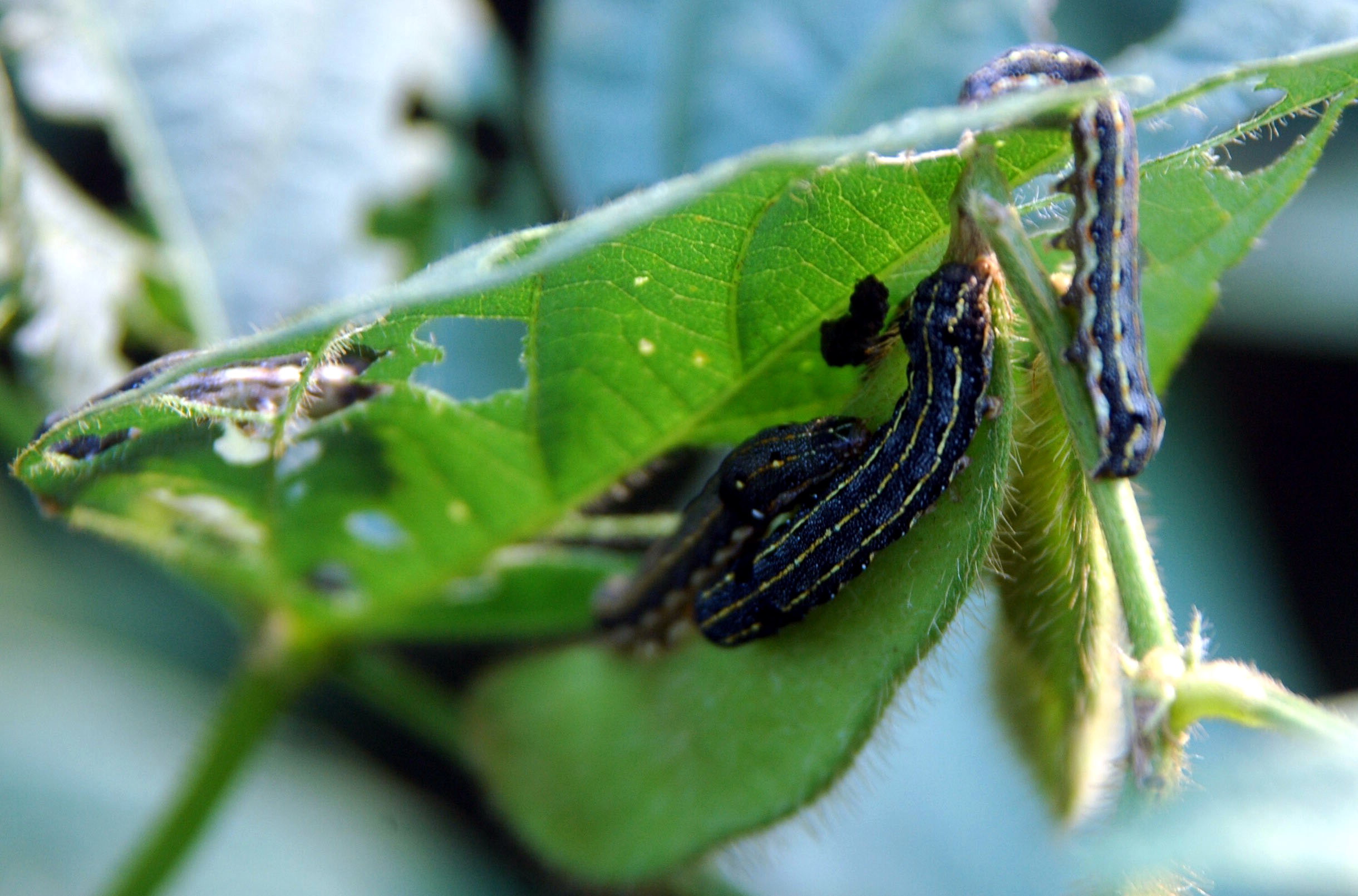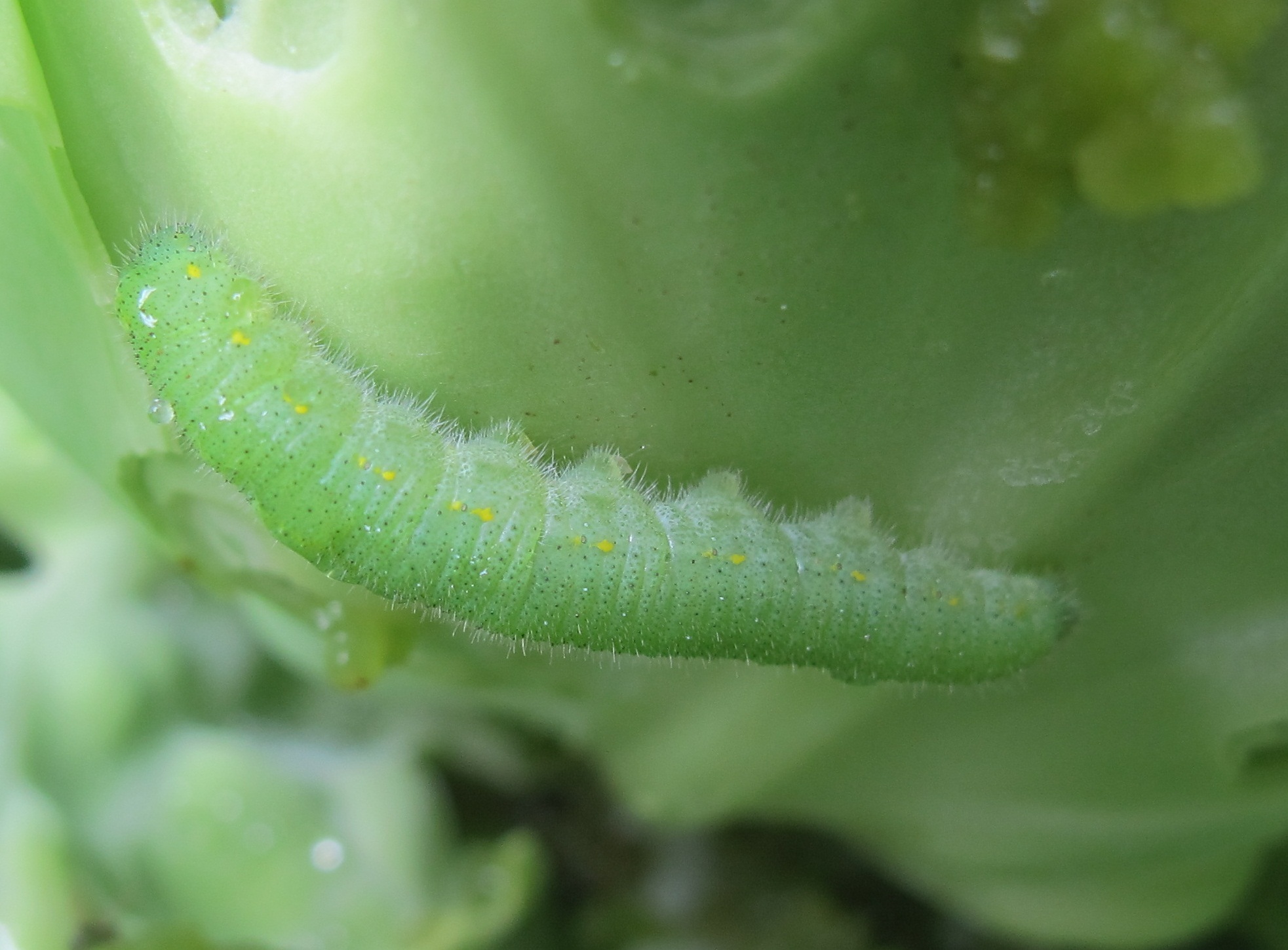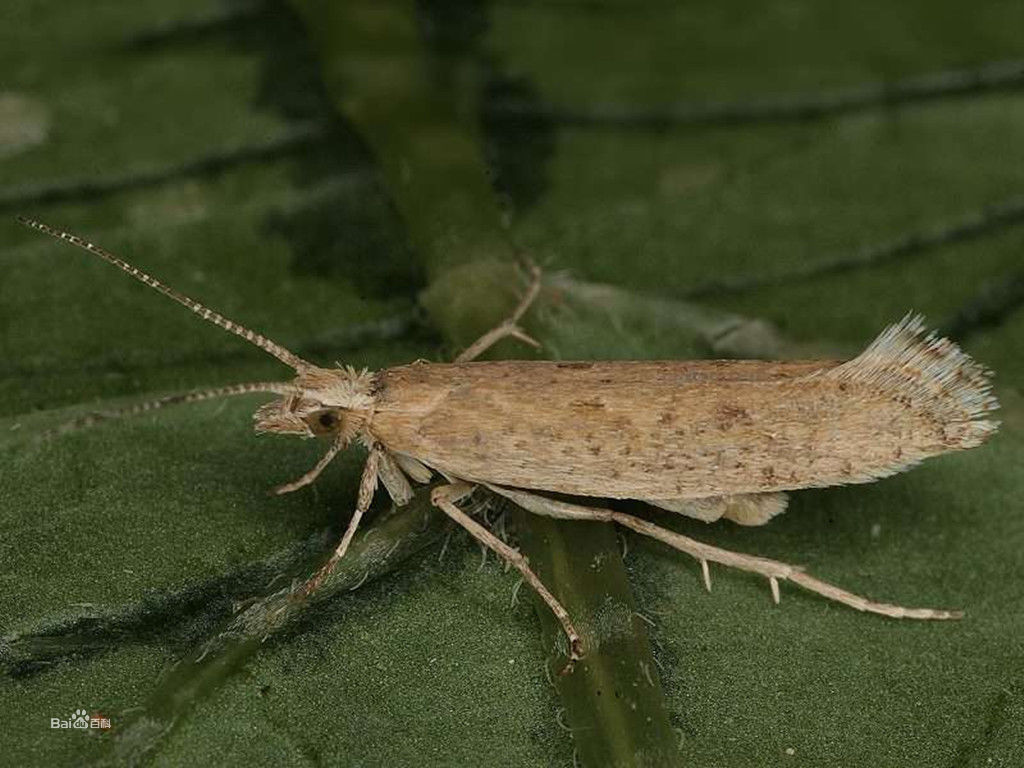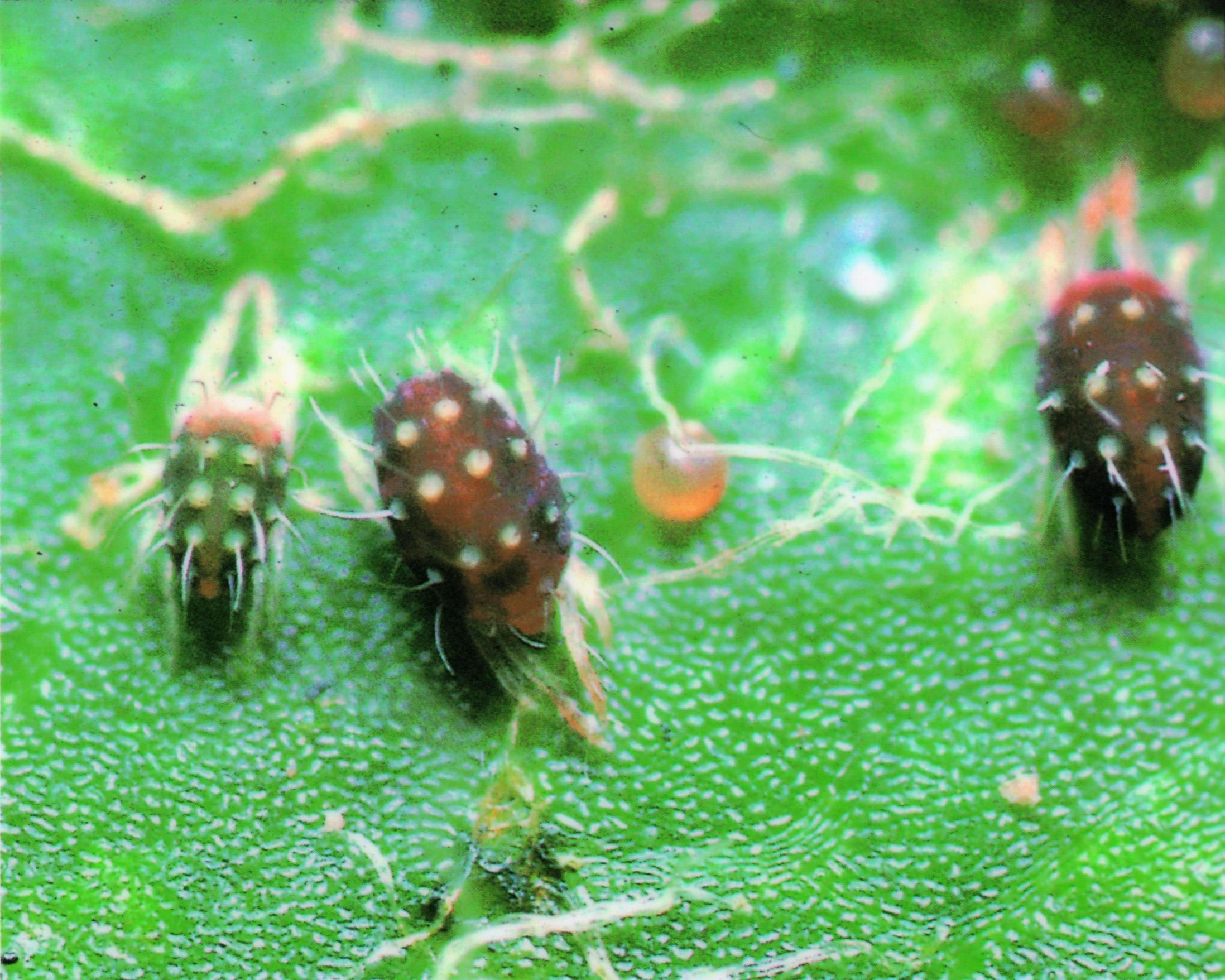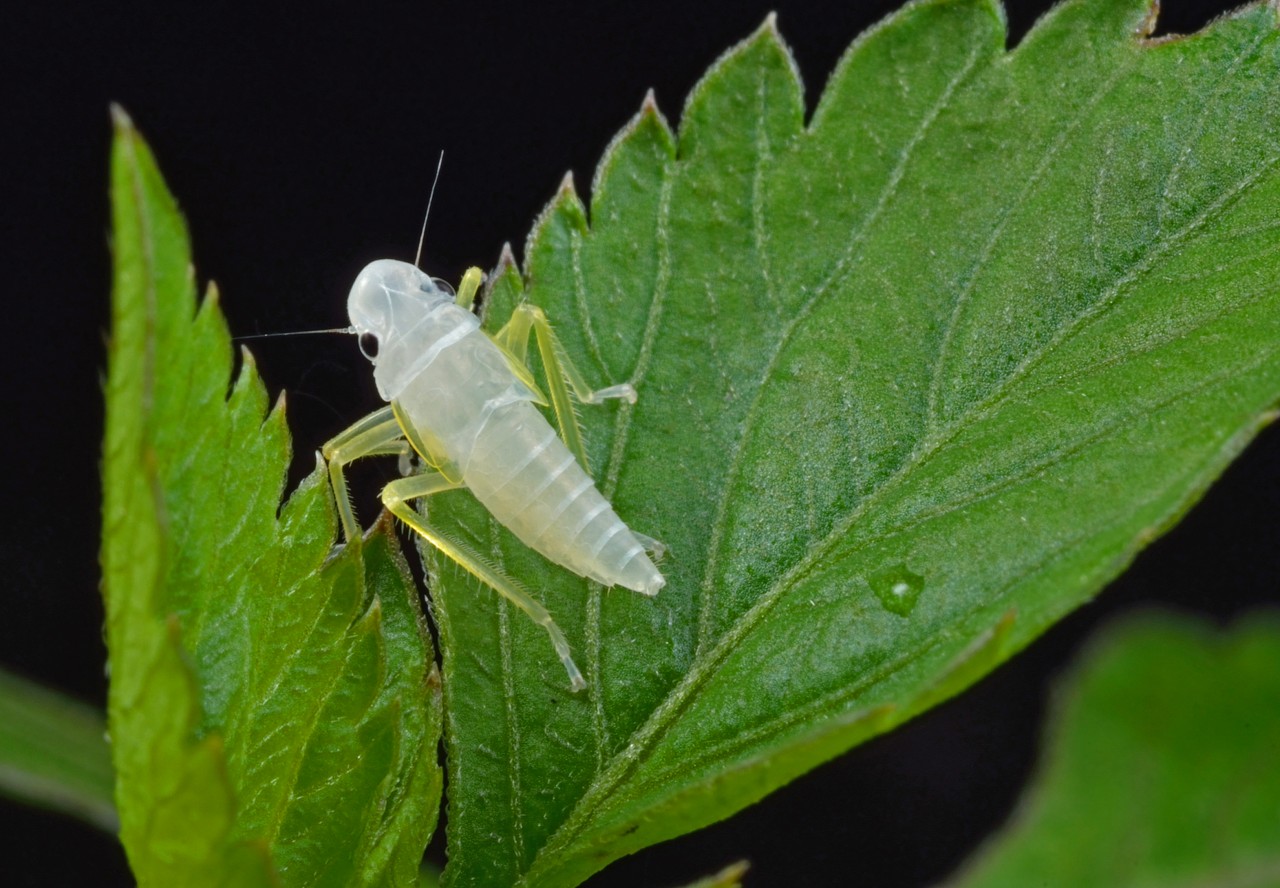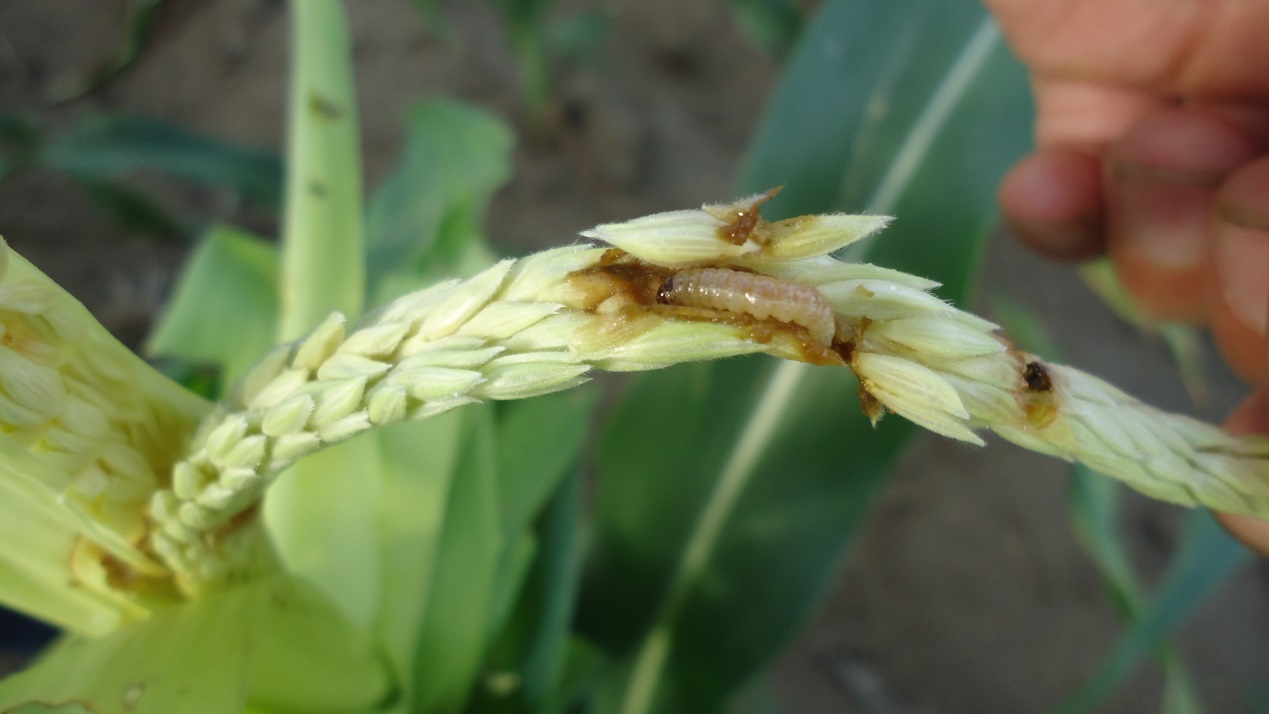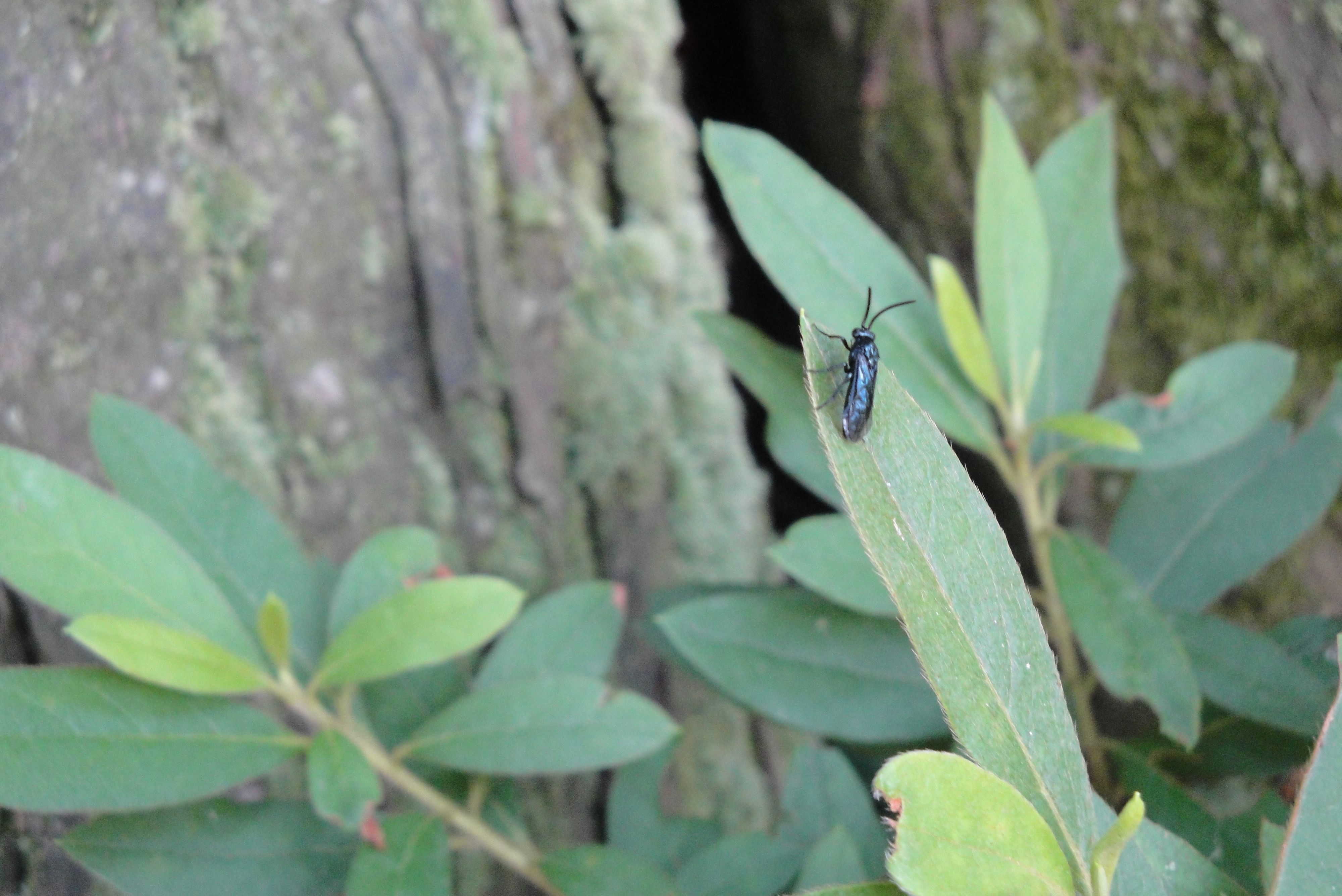Pests pose a huge threat to the growth and development of crops. Preventing and controlling pests is the most important task in agricultural production. Due to the resistance of pests, the control effects of many pesticides have gradually declined. With the efforts of many scientists, a large number of better pesticides have been promoted. market, among which, Chlorfenapyr is an excellent insecticide launched in recent years, which is very outstanding in controlling pests such as resistant cotton bollworm, beet armyworm, and diamondback moth. Every product has its shortcomings, and Chlorfenapyr is no exception. If you don't understand its shortcomings, it may cause serious consequences.
Introduction to Chlorfenapyr
Chlorfenapyr is a new type of azole insecticide and acaricide. It has contact and stomach poisoning effects. It has no cross-resistance with other insecticides. Its activity is much higher than that of cypermethrin, especially in the control of mature larvae with strong drug resistance. , the effect is very outstanding, and it has quickly become one of the most popular pesticides on the market.
Main Feature
(1) Broad insecticidal spectrum: Chlorfenapyr can not only control diamondback moth, cabbage borer, beet armyworm, Spodoptera exigua, Spodoptera litura, thrips, cabbage aphids, cabbage caterpillars and other vegetable pests, but also can control two-spotted spider mites , grape leafhoppers, apple red spider mites and other harmful mites.
(2) Good quick effect: Chlorfenapyr has good permeability and systemic conductivity. It can kill pests within 1 hour after application, reaching the peak of dead pests in 24 hours, and the control efficiency on the same day reaches more than 95%.
(3) Good mixability: Chlorfenapyr can be mixed with Emamectin Benzoate, abamectin, indoxacarb, spinosad and other pesticides, with obvious synergistic effects. The insecticidal spectrum has been expanded and the efficacy has been significantly improved.
(4) No cross-resistance: Chlorfenapyr is a new type of azole pesticide and has no cross-resistance with the mainstream pesticides currently on the market. When other pesticides are not effective, Chlorfenapyr can be used for control, and the effect is outstanding.
Prevention and control objects
Chlorfenapyr is mainly used to control the larvae of old pests with strong resistance, such as cotton bollworm, stem borer, stem borer, rice leaf roller, diamondback moth, rapeseed borer, beet armyworm, spotted leafminer, Spodoptera litura and thistle. It can also control various vegetable pests such as horse, vegetable aphids and cabbage caterpillars. It can also control two-spotted spider mites, grape leafhoppers, apple red spider mites and other harmful mites.
Main Flaws
Chlorfenapyr has two major flaws. One is that it does not kill eggs, and the other is that it is prone to phytotoxicity. Chlorfenapyr is sensitive to watermelon, zucchini, bitter melon, muskmelon, cantaloupe, winter melon, pumpkin, hanging melon, loofah and other melon crops. , Improper use may lead to drug injury problems. Vegetables such as cabbage, radish, rapeseed, cabbage, etc. are also prone to phytotoxicity when used 10 leaves ago. Medications used at high temperatures, in the flowering stage, and in the seedling stage are also prone to phytotoxicity. Therefore, try not to use Chlorfenapyr on Cucurbitaceae and Cruciferous vegetables, as it is prone to phytotoxicity.
Post time: Jan-29-2024


